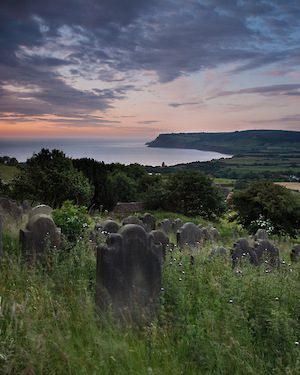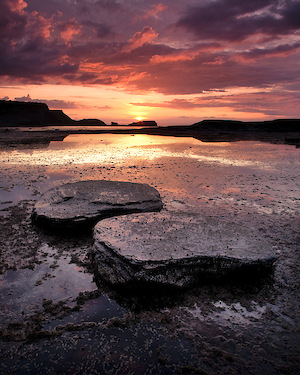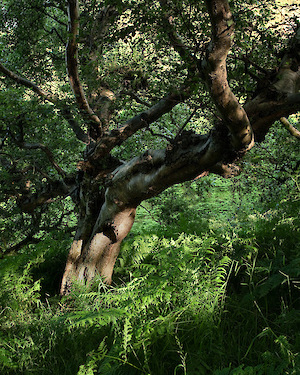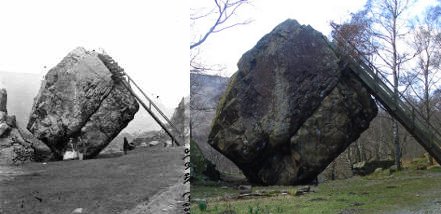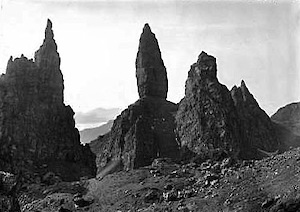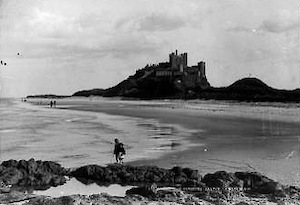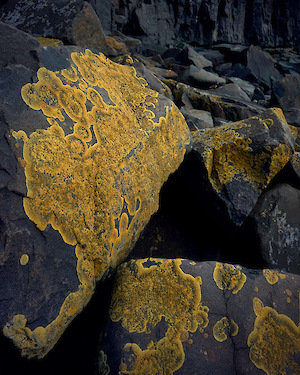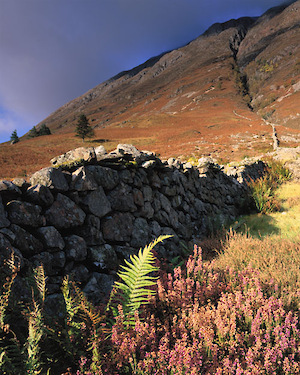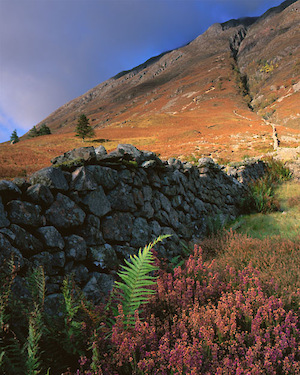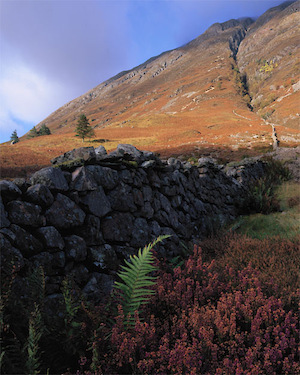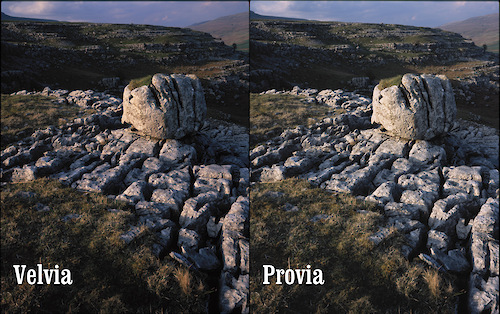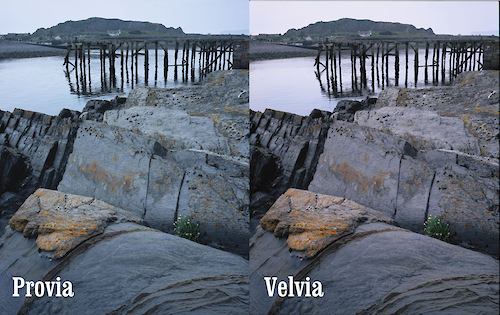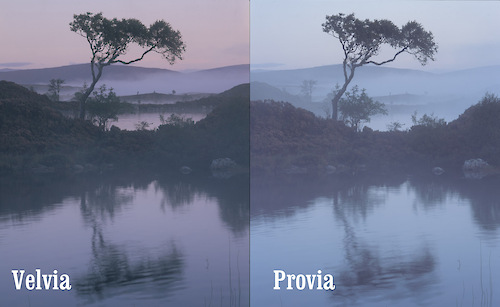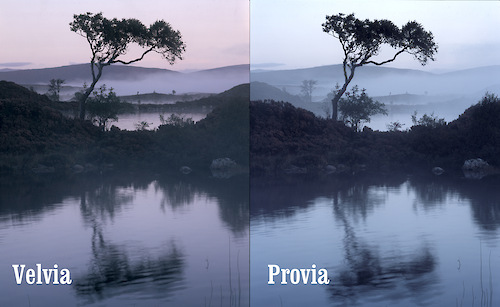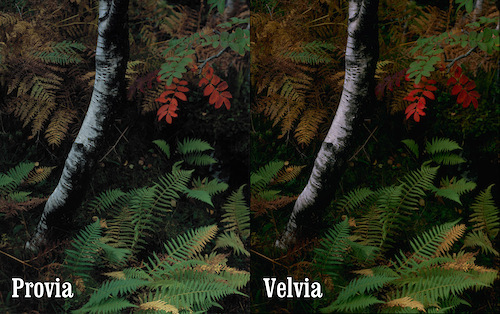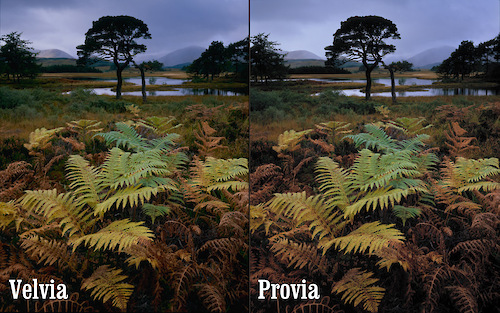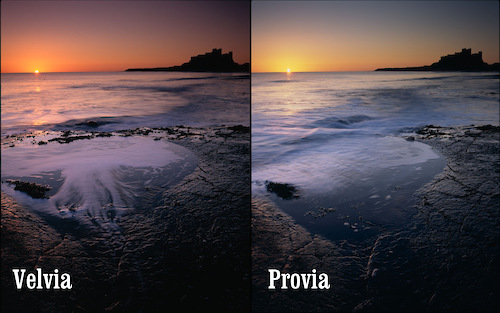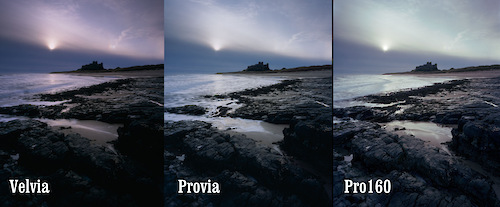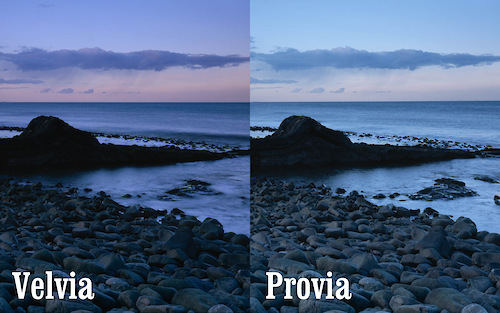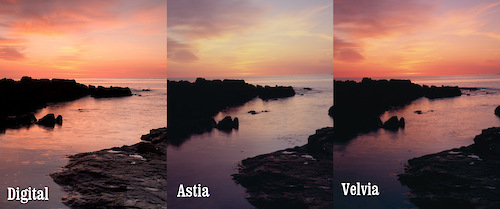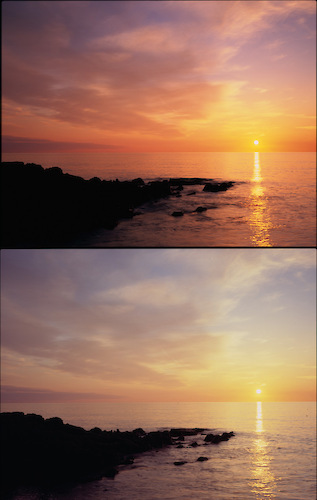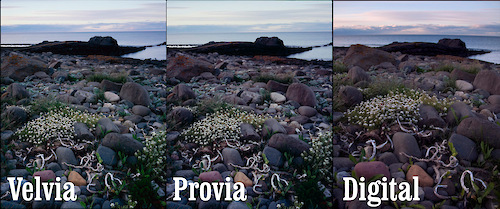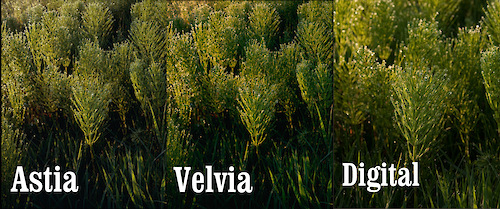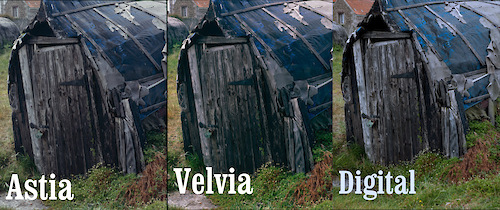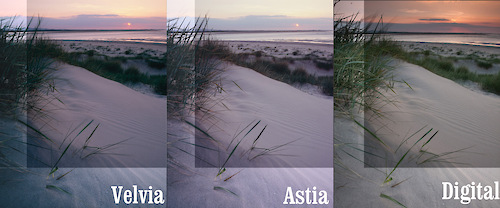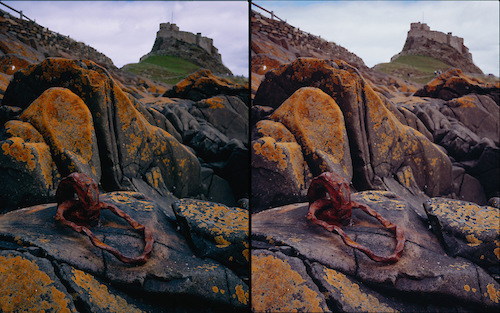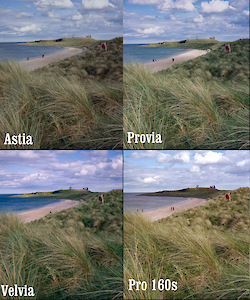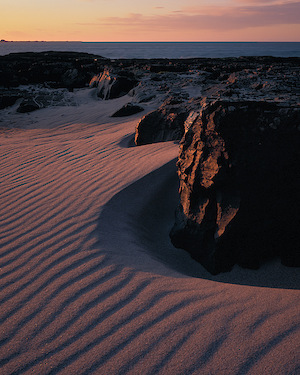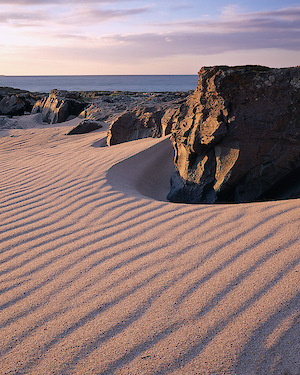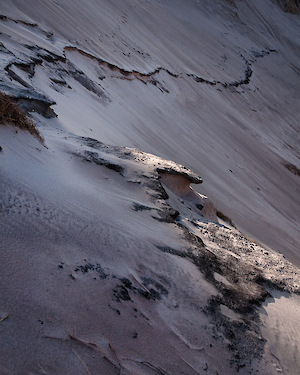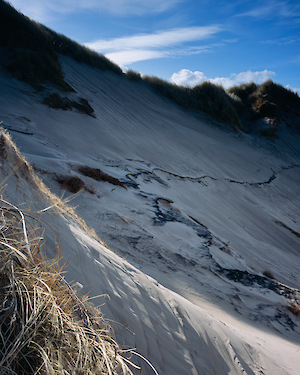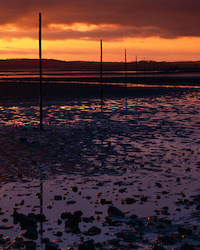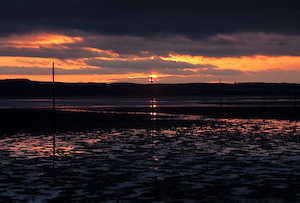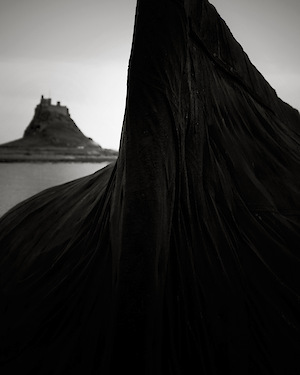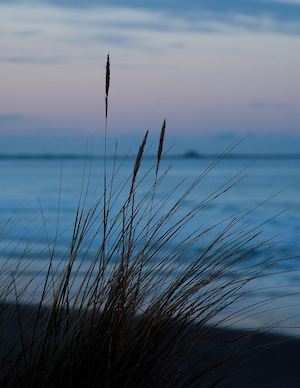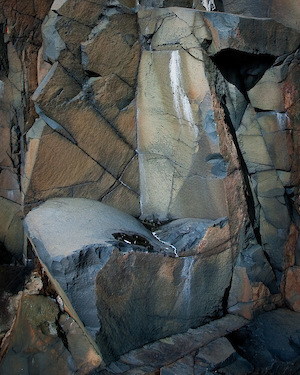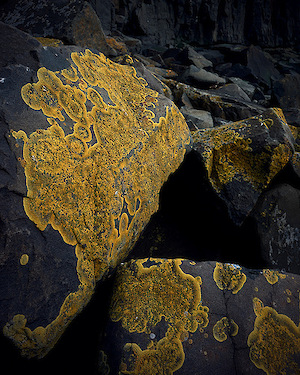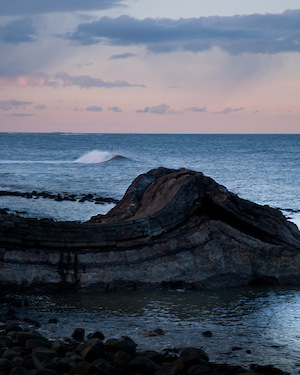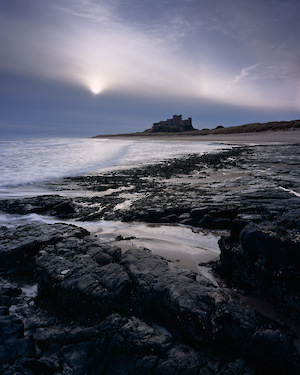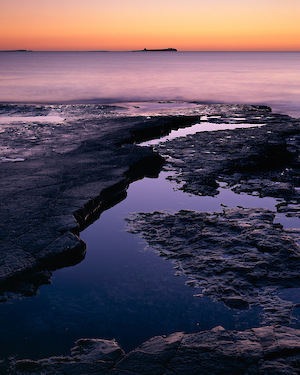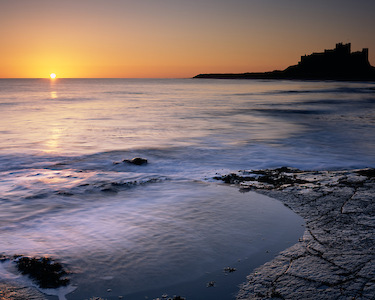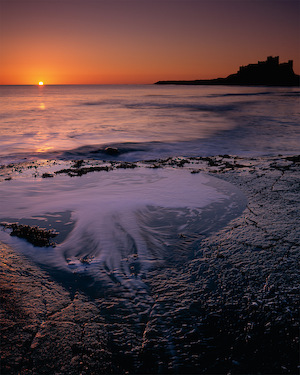A Click of Photographers
Over the past few weeks I’ve been busy (as always) doing either work things or photography related things but not much actual photography, so when I got an email from Jon Brock – who I had been out taking photos with before – asking if I would like to come and stay in Robin Hood’s Bay with him and Dave Tolcher, I jumped at the chance. As it happened, my wife and I were in the Lake District spending the weekend with my Parents at their static caravent just outside Windemere. My Dad likes to come out and capture a few moments so it turned out I was going out twice over the space of two days! (Oh the pressure!).
Since publishing my film test results recently, I had been having a few conversations with different photographers, the upshot of which is that there was quite a bit of interest to know if some of the results may have been affected by the company that was doing my E6 developing. Now I’ve been using Peak Imaging so far as they have proved to be the most cost effective and many people I know have been happy with them, but some dissenting voices said that they had had colour issues with Peak. The only evidence that I have for potential problems is when I’ve sent a B sheet off with the same develop settings (i.e. straight development) and the transparencies had slightly different colours (enough to change the tone of the photo). So, one of my challenges was to take a bunch of photos with Astia and Velvia and send them off to four different development labs. The four labs chosen were Peak Imaging, The Darkroom Ltd, NPS Media and I am also sending a pair off to Joanne Carter to hand develop in her Jobo 1500.
So on the Saturday evening my father and I went over to Hodge close, a slate quarry I had seen on flickr which looked particularly interesting. The light didn’t end up particularly inspiring but, with the help of my Parkin senior I took 12 pictures of the following composition (4 Velvia, 4 Astia, 3 Pro 160 and 1 Provia). Hodge close looked amazing though and I have since found someone who has taken a very similar shot to the one I had in mind and which I’ll be returning to take in October/November.. I also got to try out my Avon Skin so Soft “Bug Guard” insect repellant, which Avon have brought out after the huge success with their standard ladies moisturiser (which I hear is given out to the Forestry Commission instead of DEET). The “Bug Guard” includes some insect repellant (as the original component only stopped biting). Good news! Despite a fair amount of midges, the only bites I got were on the top of my head (The repellant is in sachet, towellette form which you don’t think about wiping on your head). It would get more testing the next day however. With a little post processing of the digital photograph I created a quite fetching, ‘Ansel-seque’ black and white conversion which should act as a nice stop gap until I get my real photographs back.


The next day, after a quick drive back to Leeds and across to the Yorkshire Coast, found me walking out on a blistering sunny afternoon with Dave Tolcher and Jon Brock, both large format enthusiasts, to have a look around David’s back yard. We went over to a very interesting beech copse which nestled in a small valley created by a stream as it ran towards the cliff edge. The weather, being particularly inclement at times, had capped the trees growth over the years so that it ended up with many stunted branches. This had the potential for a great shot but with ferns underfoot and no wind, the midges were rising in black clouds all around. Well, the Bug Guard had worked well so far – I figured I would really give it one more test and so set up the shot. With the intense sunlight streaming through the canopy, the sunlight was arying between 8EV to 13EV at the bright spot on the trunk which, at its peak, was well beyond what transparency film could capture. However, as the clouds passed across the sun, there were points where the speckled light was still visible but the spot was only about 10EV. Timing a 2 second shot to overlap some 0.5 second fluctuations was fun – I tripped the shutter just as the light started to fall and hoped for the best. We’ll see the final result but the second shot on the right of this blog post shows the digital test shot. Whilst I was taking this shot, Dave Tolcher was capturing the edge of the copse from just by the cliff edge as can be seen here – a bit too summer green but the composition looks good and the potential for autumn colour looks interesting!
The highlight of the evening was still to come however. With the sky developing some interesting rain clouds and broken light, Jon drive us over to Saltwick Nab and we headed on down to the beach. I was also keen to try out my new boots, a pair of fishermans waders that were specifically designed for mixed wading/walking. The boots are made by a US company called Korkers and, along with a slightly freaky but eminentlly usable ratchet lacing system, they feature interchangeable soles – supplied with a set of standard walking soles and a pair of studded felt soles (see picture below).
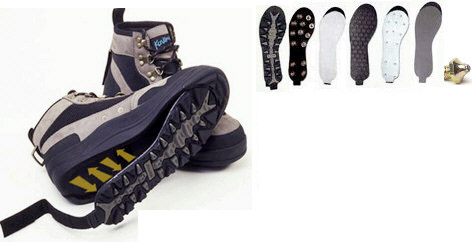
Well, within seconds of me starting to walk on the Nab’s wet and slimy slate beds I was nearly on my arse so it was time to switch over to the studded felt soles. It only took about a minute to swap the soles over and the difference was tremendous. I was unable to slide at all whilst wearing them and carried on the remainder of the evening without even thinking about my balance or the boots. (the boots do have holes in them and are designed to be worn with neoprene socks or stocking foot waders – it was too hot to try these out though).
There were a couple of photographers when we got there, which I sort of expected. However, as we were setting up, there were more photographers arriving every ten minutes or so. In the end we had 10 photographers around us – including a Mr Mike Kipling (whose photographs from the evening are here). Fortunately, they were all quite polite and we (mostly) kept out of each others ways.
As this was my first time at Saltwick Nab, I didn’t really have a lot of chance to plan what I was going to do. The wreck immediatly grabbed me and being as the first thing I did was stick my head inside it, I thought I’d try some form of close up but – in my usual fashion – trying to put the subect in context. I’m not sure how successful I was and with a 3 stop soft filter and 2 stop hard filter at different angles and a centre filter on, there may be some surprises on the transparency. And then I just couldn’t help myself – I had to take a postcard shot. The whole scene was just too attractive to miss. I even turned the back of my camera the wrong way around (you know, with the long side horizontal). To try to atone for this, I spent the next 15 minutes looking for a composition that may redeem me and settled on a pair of nestling kidneys, choosing to take the shot just as some final wispy clouds caught the deep red rays of the sun.
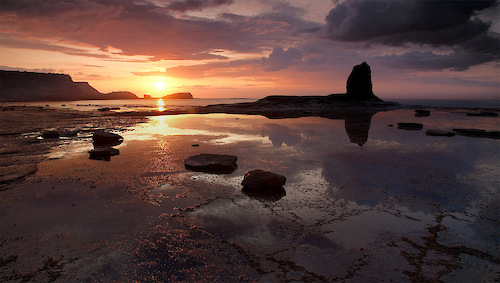
We spent the rest of the evening enjoying a glass of wine and gossiping about photography, book publishing, tennis and finally went to bed.. only I didn’t get much sleep as a scene that Dave had pointed out to me from the top of Robin Hood’s Bay kept playing on my mind. ‘Sunrise’, I kept thinking, ‘Sunrise would be great this time of year’. In the end I didn’t really get any sleep and so drowsily rose around 3.30 , packed up my stuff and drove up to the church at the top of the road out of Robin Hood’s Bay. Precariously balanced on a wobbly stone wall with 3540XLS at it’s full height of 7.5 ft, I managed to capture three shots of the swirling early morning clouds and warmth of the rising sun before I drove back to Leeds, arriving at 6.30 just as my wife got out of bed in time to see me slip into mine for a final couple of hours sleep before work. A big thank you to Dave and Jon for the invite and company!
Click to view full post including 10 Comments